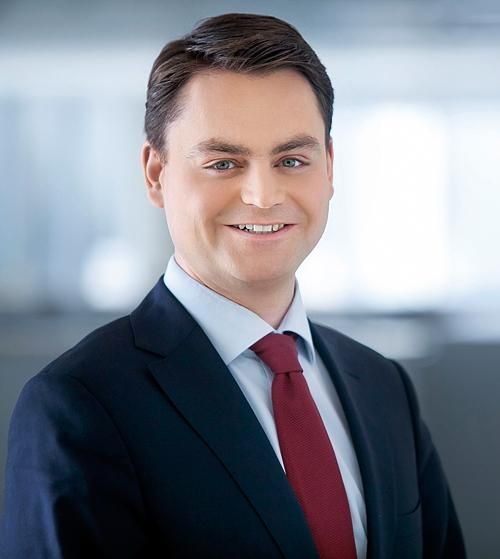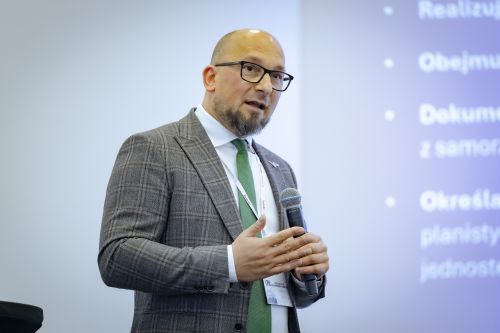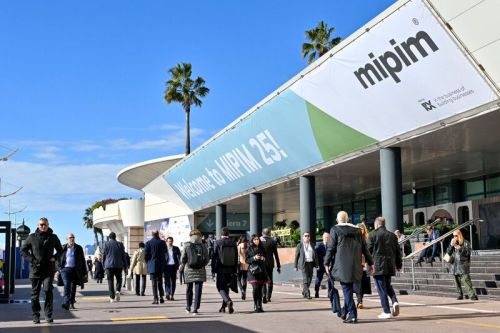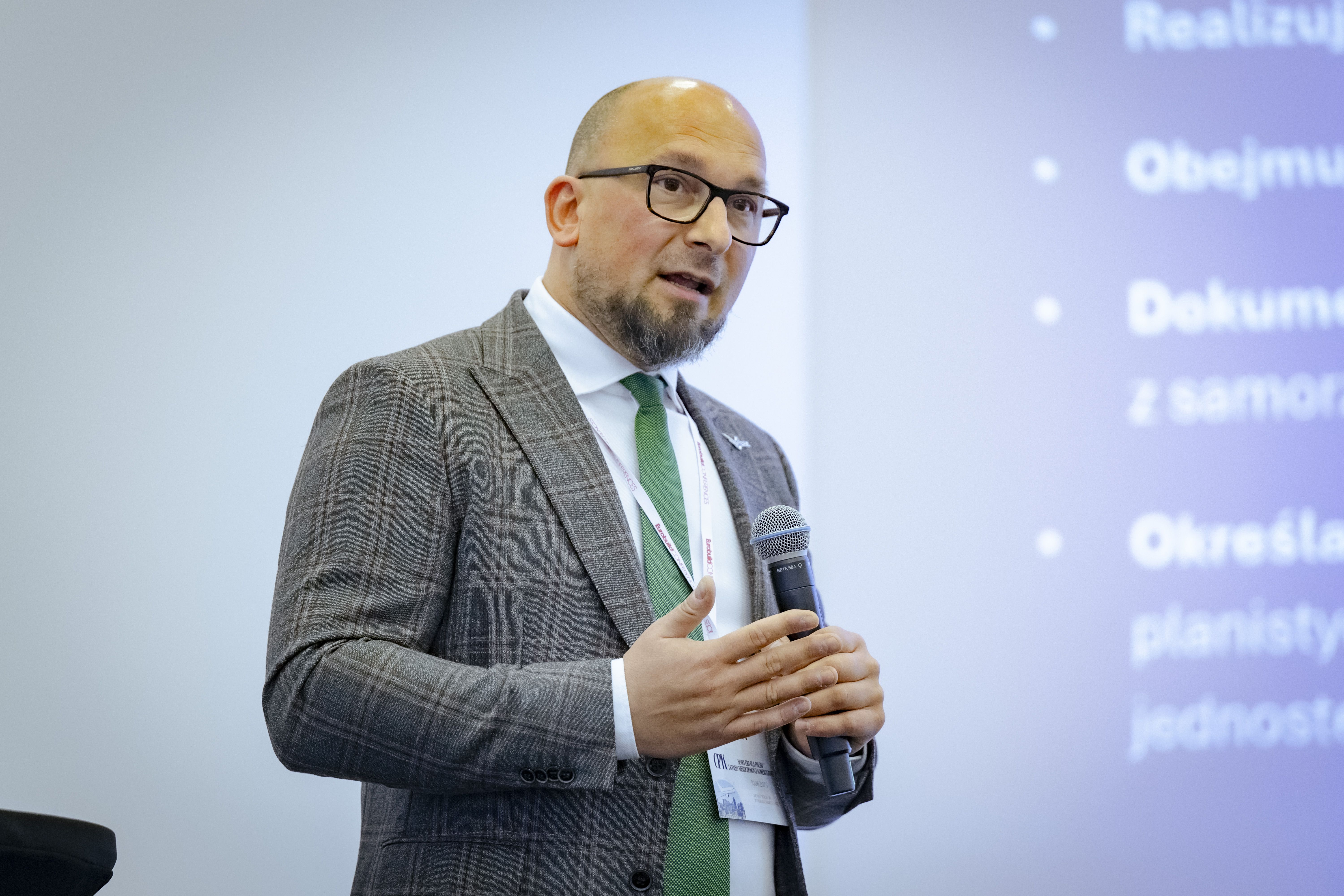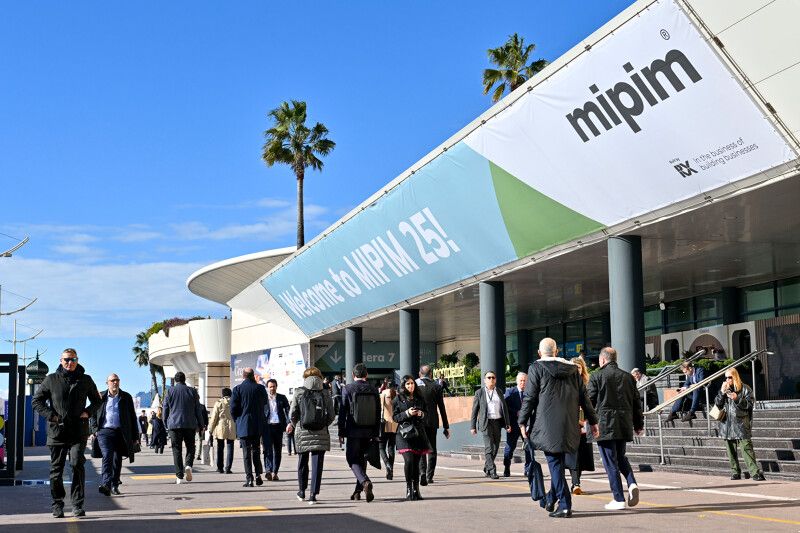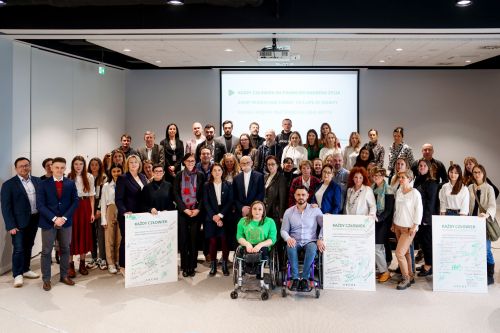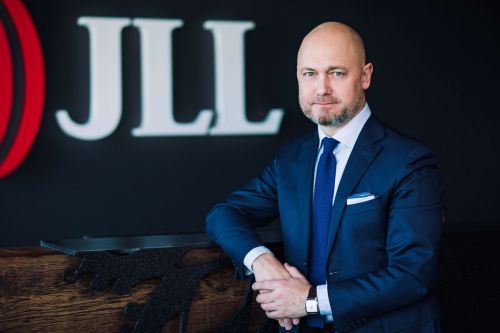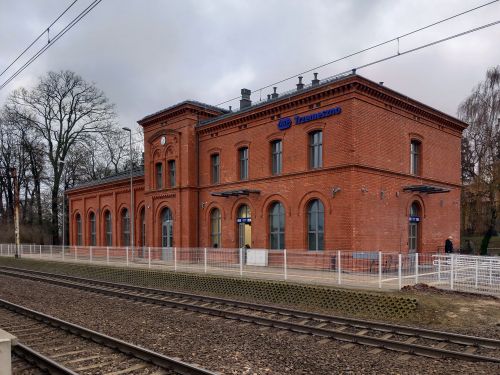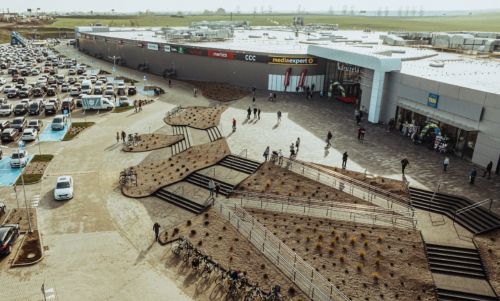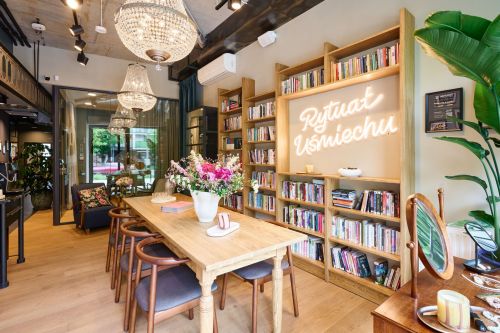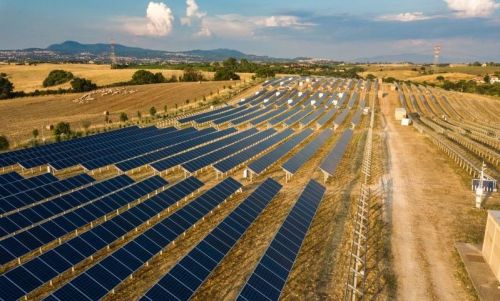Anna Pakulniewicz ‘Eurobuild Central & Eastern Europe’: Is the CEE region still treated by international capital as a single entity?
James Chapman, MRICS, partner, CEE capital markets, Cushman & Wakefield: Poland is still the dominant force within core Central Europe, but Hungary and Romania are back on the agenda. You can also see this for retail investment activity in Croatia, Serbia and Slovenia, and this is part of a bigger trend, which is especially related to the inflow of South African capital. However, the potential in these countries is still pretty small.
So how are things with the core of the market?
The Czech Republic is having a very strong year now. Slovakia is also back to good levels of activity, Hungary is as active as it has ever been in terms of occupier demand and investor demand is following, whilst the interest is growing in Romania for high quality assets. Retail investment is very much in demand for prime assets, but the definition of prim
